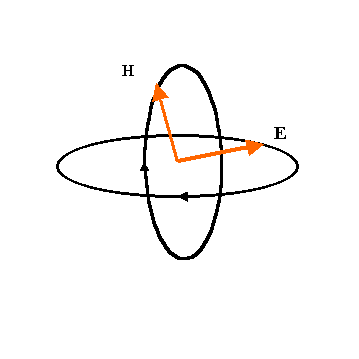

To set up the CanariCam polarimetry mode, one inserts either the 10 micron or the 20 micron half-wave plate (modulator) just after the entrance window (the 20 micron polarimetric capability is under consideration). Observations are made with the appropriate modulator at four different angles. A field mask is inserted at the telescope focal plane: when using a dual-beam analyser, this mask is required so that extended objects can be observed without overlapping the two orthogonally polarised beams. A Wollaston prism is inserted into the beam after the collimator mirror M2. The purpose of the Wollaston prism is to separate the orthogonally polarized components of the light, which are then imaged separately onto the detector.
Polarimetry Requirements
Polarimetry has one fundamental requirement, which is the ability to measure degrees of polarisation as small as ~0.1% in the 10 micron atmospheric window.
Why Polarimetry?
The optical elements that are required for CC-Pol and their current position in the cryostat (these may change somewhat with changes in the optical design during the Detailed Design phase) are shown below. These elements are described in the slide show link.
Click here to see a slide how of CC-Pol implementation will work.